| purity | 99.8% |
|---|
week 27 Price CFR UAE : 570 $Mt
HS CODE :29053100
Mono Ethylene Glycol (MEG) is a colorless, odorless, viscous, and hygroscopic liquid belonging to the family of glycols. It is a type of ethylene glycol, produced through the reaction of ethylene oxide with water. MEG is one of the most widely used glycols and serves as a crucial raw material in various industrial applications.
Packing:
Bulk or in 220 Lit (net: 220 Kg) new drums, each 4 drums strapped on a pallet.
99.8%
purity
IBC TANK , ISO TANK , BULK

| purity | 99.8% |
|---|
| purity | 99.8% |
|---|
| Active Chlorine _ % W/W | 65% |
|---|
This chemical is a white and dry granular with a purity of %65-%70. Calcium hypochlorite granules dissolve in water easily and are mainly used in water treatment for disinfection and removal of bacteria, algae and micro-organisms.
Physical specifications: White color solid granule, strong odor of chlorine. Soluble in water and alcohol with a strong reaction characteristic Stability and reactions: In high temperature is unstable. Reacts rapidly with oils and organic materials and is flammable. Handling and storage: Keep away from incompatible materials, reducing substances, organic materials, acids, combustible materials. Keep in cool and dry places. Environmental precautions: In case of spreading, collect and keep in containers having no incompatible materials. Packing and delivery: 25 kg containers
| purity | 99.8% |
|---|
وایت اویل همون پارافین مایع هست که ناخالصی ها رو ازش جدا کردن و هیچ ناخالصی نداره
دو مدل وایت اویل هست که یکیش حاصل از آیزوریسایکل تهران و یکیش هم حاصل از آیزو اصفهان
تفاوت این دو نوع در ویسکوزیته هست
پارافین مایع خام درواقع رنگبری نشده هست
و تفاوت در رنگ و ویسکوزیته هست
و پارافین مایع اصفهان رنگبری سختی داره

Reviews
There are no reviews yet.